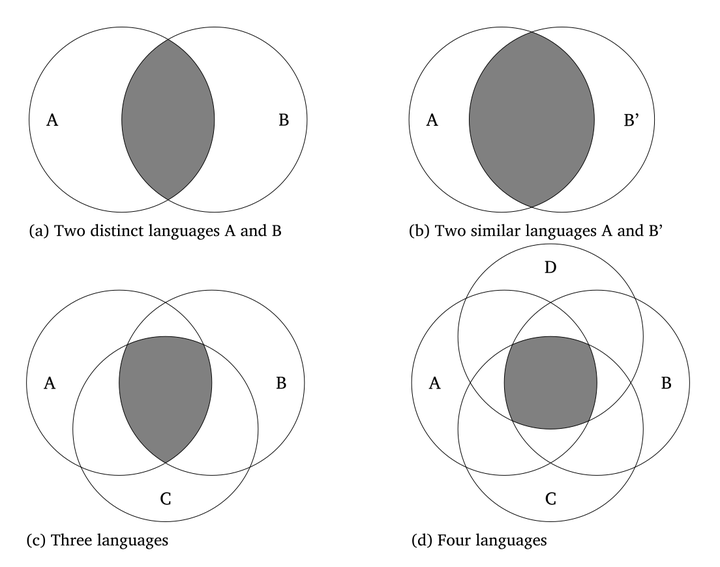Modelling L1 and the artificial language during artificial language learning

Abstract
Artificial language learning research has become a popular tool to investigate universal mechanisms in language learning. However, often it is unclear whether the found effects are due to learning, or due to artefacts of the native language or the artificial language, and whether findings in only one language will generalise to speakers of other languages. The present study offers a new approach to model the influence of both the L1 and the target artificial language on language learning. The idea is to control for linguistic factors of the artificial and the native language by incorporating measures of wordlikeness into the statistical analysis as covariates. To demonstrate the approach, we extend Linzen and Gallagher (2017)’s study on consonant identity pattern to evaluate whether speakers of German and Mandarin rapidly learn the pattern when influences of L1 and the artificial language are accounted for by incorporating measures assessed by analogical and discriminative learning models over the L1 and artificial lexicon. Results show that nonwords are more likely to be accepted as grammatical if they are more similar to the trained artificial lexicon and more different from the L1 and, crucially, the identity effect is still present. The proposed approach is helpful for designing cross-linguistic studies.